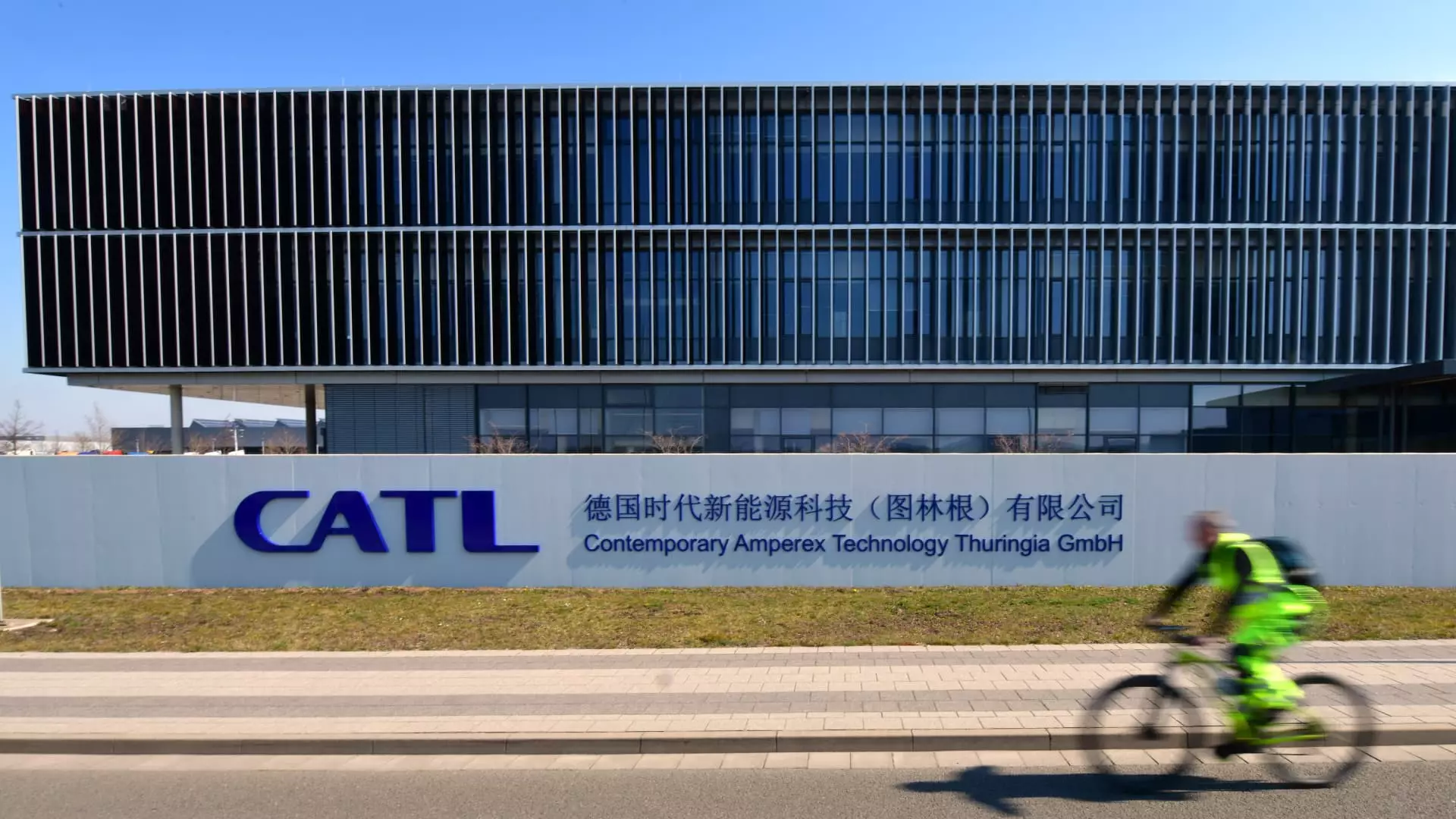In an unsettling twist for the world’s foremost battery manufacturer, Contemporary Amperex Technology Co., Limited (CATL) has reported an alarming 9.7% decrease in annual revenue. For the twelve-month period ending December, their revenue rests at a disappointing 362 billion yuan (approximately $50 billion), while expectations had teetered toward a slightly higher figure of 368.7 billion yuan. This marks a significant milestone—CATL’s first recorded revenue drop since it began sharing financial data in 2015. The juxtaposition of falling revenue against a backdrop of thriving electric vehicle (EV) sales raises critical questions about sustainability and competition within this burgeoning market.
Profit Growth: An Illusion of Stability?
Interestingly, while revenue saw a decline, CATL’s net profit surged by an impressive 15% year-over-year, amounting to 50.74 billion yuan. This peculiar relationship, wherein revenue can plunge while profits rise, suggests that CATL may be engaging in aggressive cost-management strategies or possibly shifting toward more specialized, higher-margin product offerings. However, this seeming success could merely be a stopgap in the face of a challenging market landscape. The company is set for an IPO in Hong Kong, potentially raising at least $5 billion— a vital financial bolstering that may obscure the precariousness of its situation.
The EV Market: A Double-Edged Sword
China’s EV market, a vital lifeline for CATL, experienced a stunning 40% surge in sales last year, reaching approximately 11 million vehicles. The growth has been incentivized heavily by government subsidies tailored to spur consumer purchases. Yet, despite this upward trajectory, CATL finds itself mired in a competitive price war that could endanger its profitability and lead to broader implications for the EV sector. The march towards affordability, while beneficial for consumers, places intense pressure on manufacturers and suppliers like CATL. What happens when the bottom-line sacrifices innovation and sustainability?
Geopolitical Headwinds & Regulatory Scrutiny
Adding to CATL’s woes is the U.S. Department of Defense’s designation of CATL and another Chinese conglomerate as “Chinese Military Companies.” Tariff uncertainties and geopolitical tensions loom large, heralding a chilling effect on international relations and supply chains. CATL vigorously denies any ties to military applications but must now grapple with the repercussions of this label, which may deter collaboration with important international partners. The company’s investments in facilities across Europe, such as a battery factory in Hungary and a joint venture in Spain, signal a strategic pivot to mitigate these risks, appearing as a lifeline amid disquieting developments.
A Fragile Future in Innovation
CATL’s future depends heavily on its ability to navigate these treacherous waters. Despite its 45% market share in China and relationships with major automakers—such as Tesla and Volkswagen—the current climate suggests that this dominance may not be sustainable if the competitive landscape continues to shift. Innovations in battery technology are paramount, not merely for survival but for the drive toward a cleaner future. As one of the largest players in this critical sector, CATL has a responsibility to lead not just in market share, but in ethical practices and groundbreaking advancements. In doing so, it can demonstrate that resilience is not merely a financial product but a product of comprehensive, sustainable innovation.


Leave a Reply